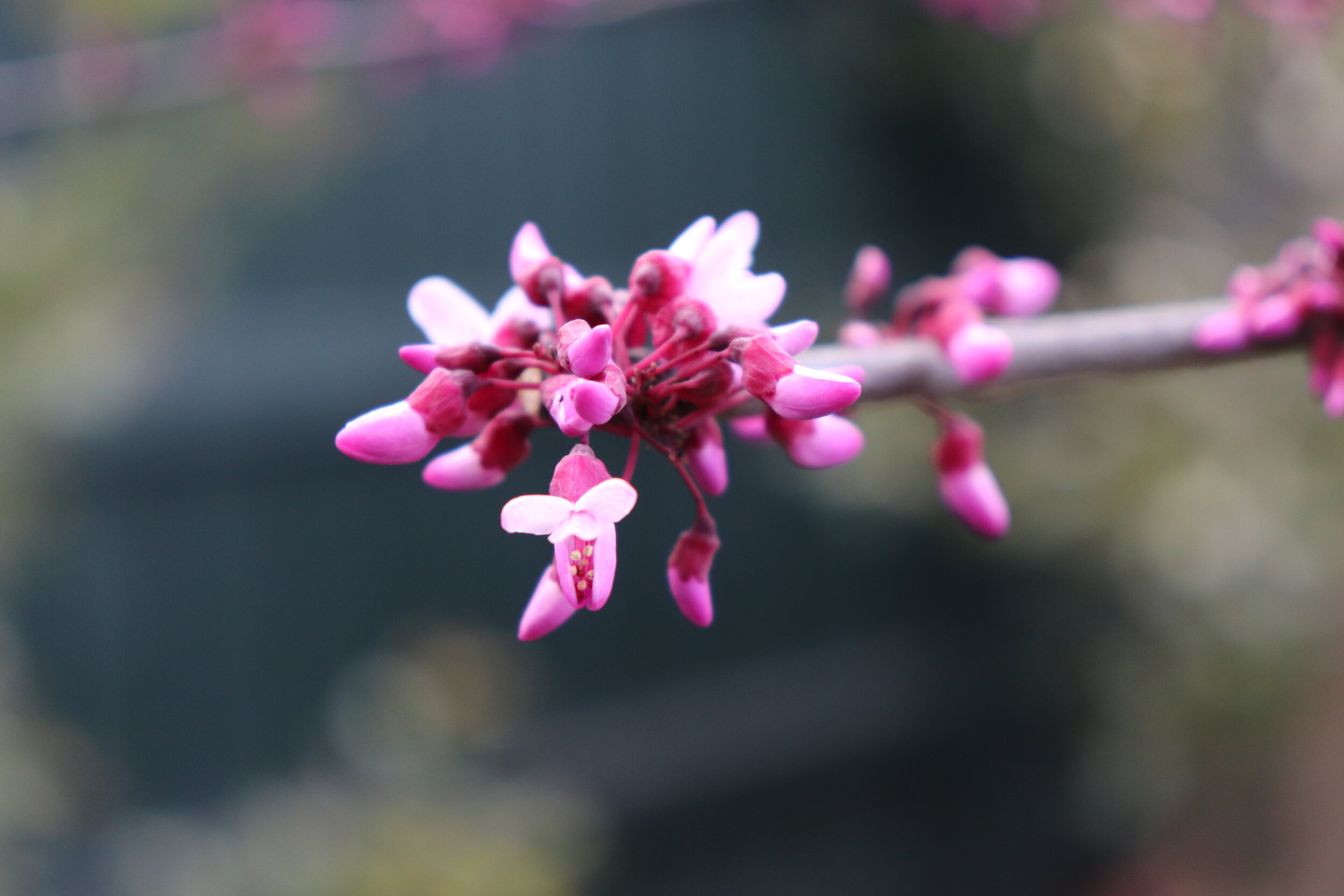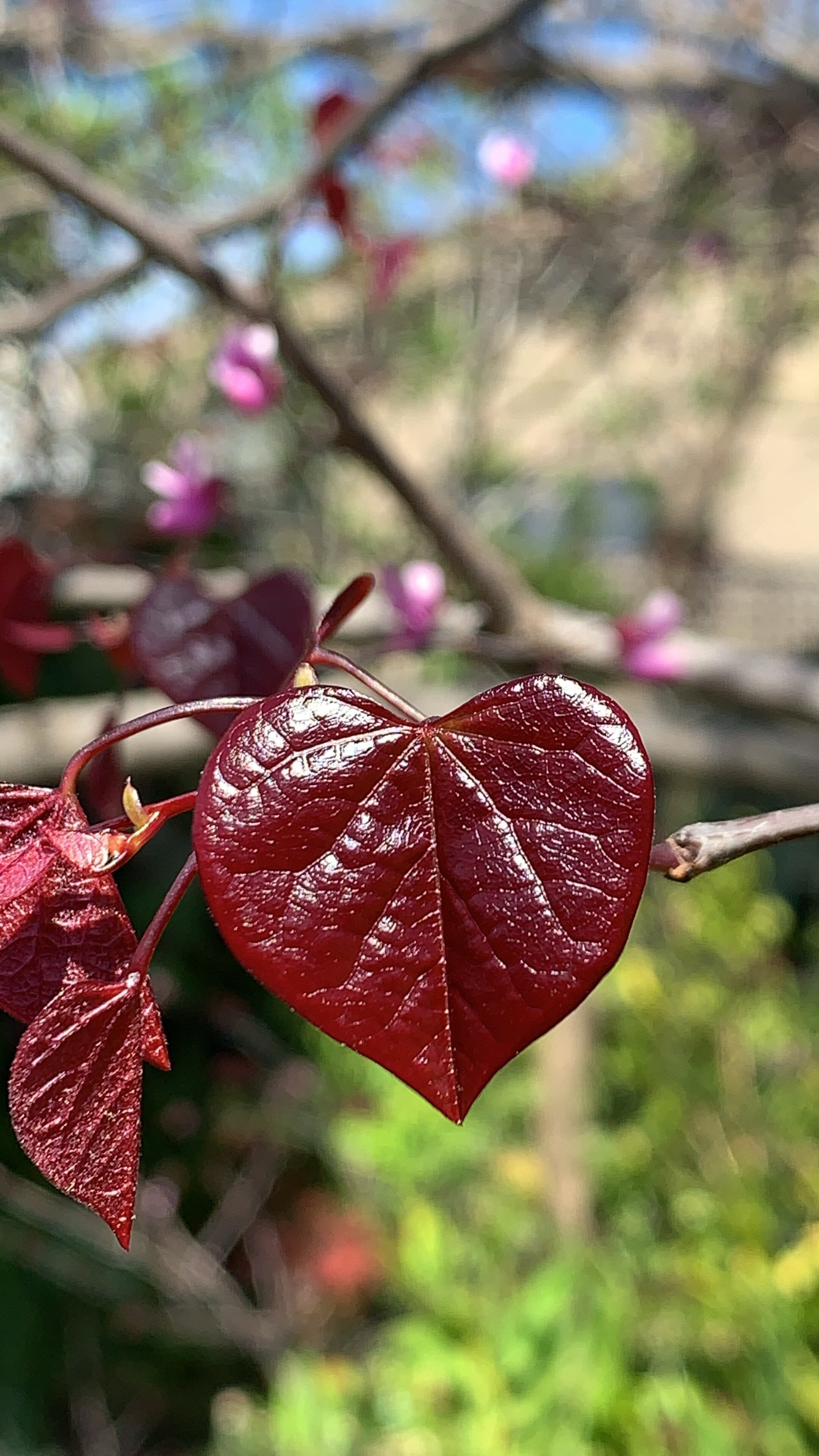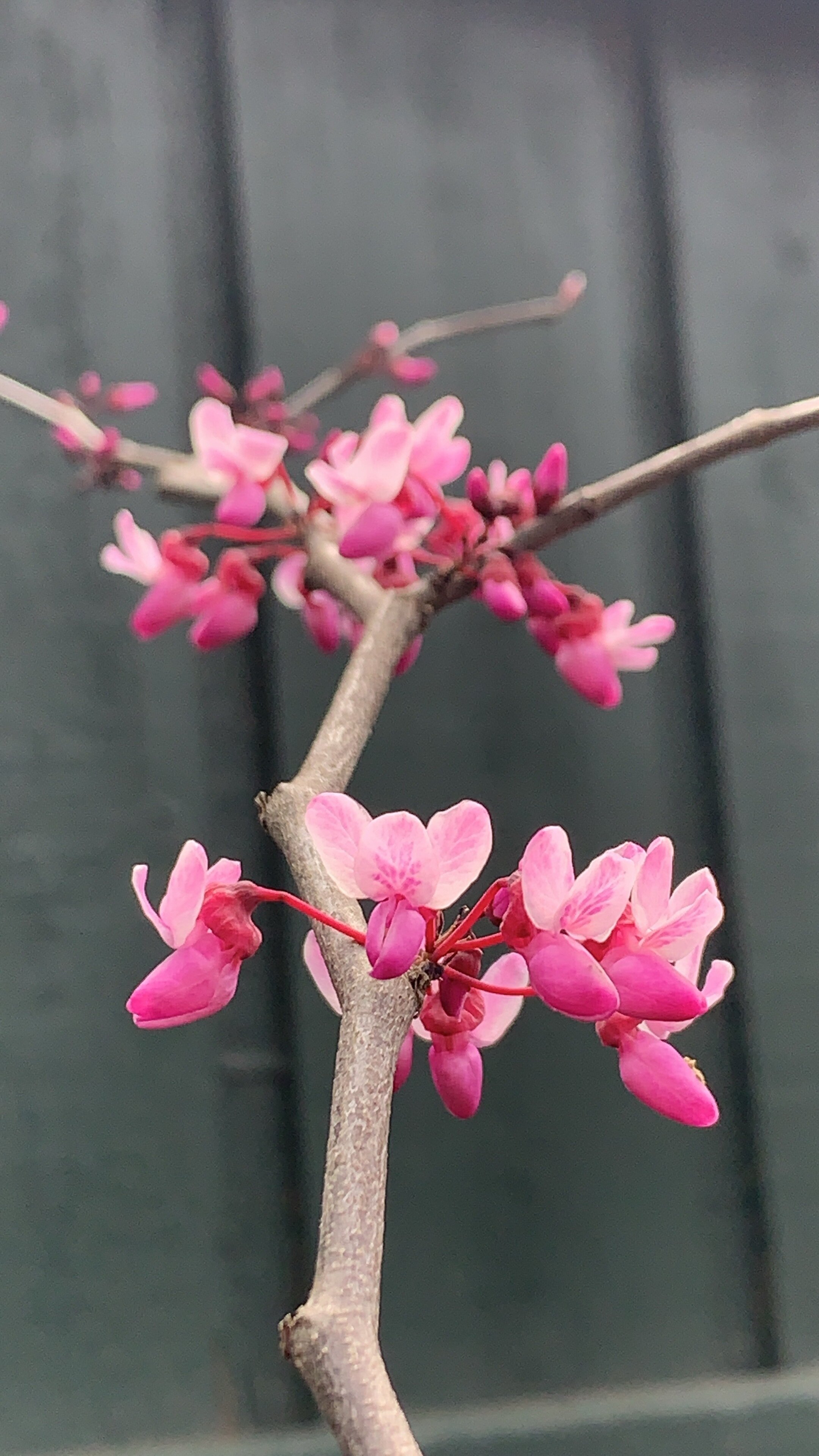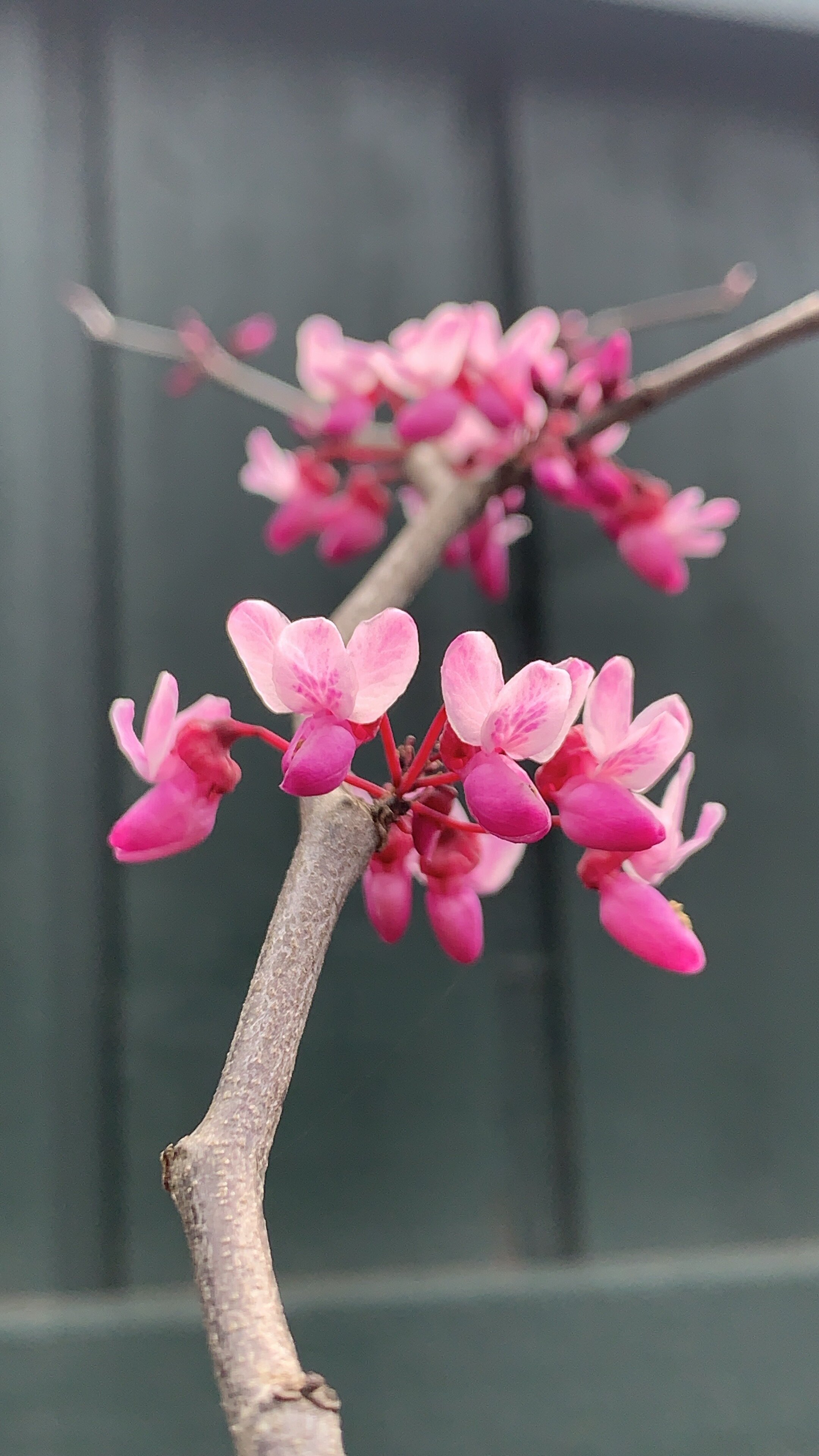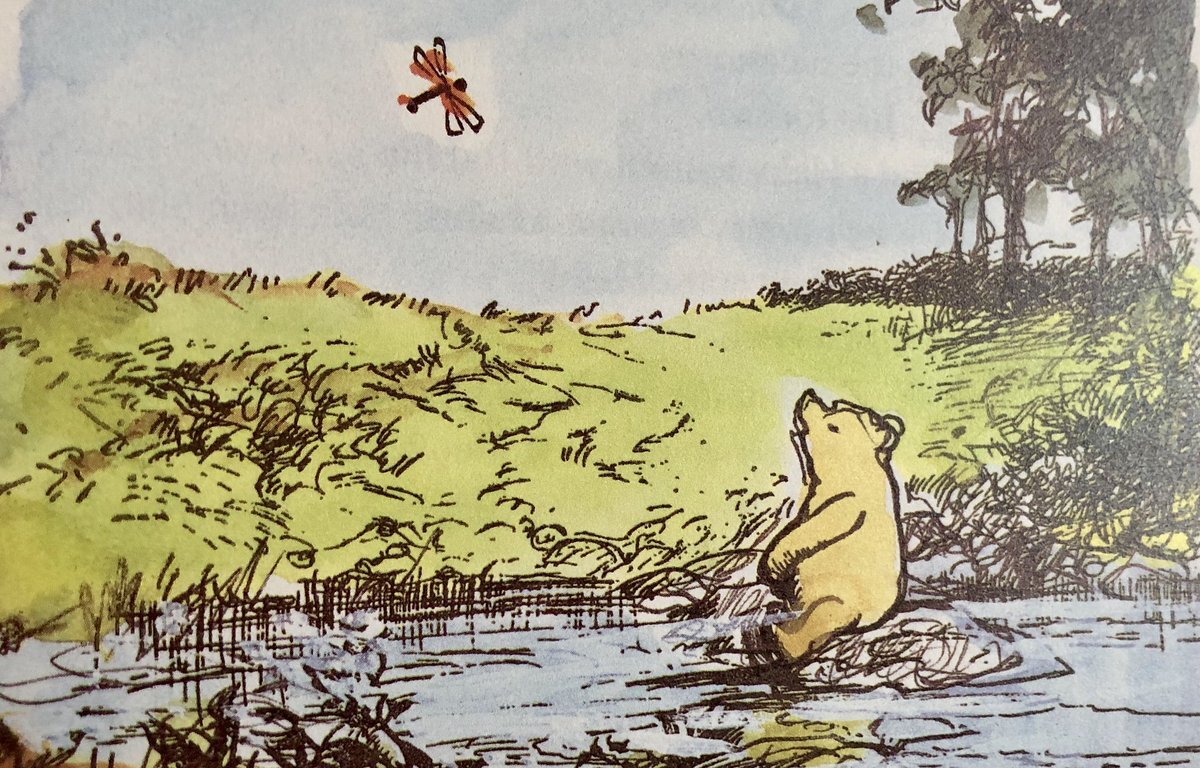“The perfect blossom is a rare thing. You could spend your life looking for it and it would not be a wasted life.” – Katsumoto, The Last Samurai
***
During isolation and lockdowns, I’ve found myself noticing and appreciating nature more than I usually would. Deprived of the noise and bustle of normal life - traffic, busy social gatherings, and a never-ending to do list - I’m enjoying being in a place of quiet stillness. It’s helped me notice and appreciate the little things, like the way wattle leaves steadily drip with rain after a heavy winter’s downpour, or the different songs of the birds living beside my window and how they talk to each other as dawn breaks.
The philosopher Iris Murdoch said that contemplating nature helps to calm the soul and takes oneself out of one’s self, a concept she called “unselfing”:
Then suddenly I observe a hovering kestrel. In a moment everything is altered. The brooding self with its hurt vanity has disappeared. There is nothing now but kestrel. And when I return to thinking of the other matter it seems less important. And of course this is something which we may also do deliberately: give attention to nature in order to clear our minds of selfish care.
The last few weeks of August in Melbourne are some of my favourite for being in nature. At no other time of the year am I so acutely aware of the changing of seasons as when we rush towards spring. The icy and dark days grow longer and warmer, the mood of the city lifts as we leave winter behind for another year, and the first blush of spring erupts in the streetscapes as flowers come into bloom. In recent weeks, these little moments of colour and joy have been a welcome antidote against the bleakness of lockdown and the pandemic.
Melbourne’s magnolia appears in all its splendour around the first week of August, with their colourful constellations anticipating spring’s arrival. Resembling floating pink and white candles as they unfold precariously on delicate branches, I’ve always loved their waxy texture, and their creamy, full and fresh fragrance. The below photos are from taken from North Melbourne and Kensington in 2018 and 2020 (click to scroll through).
I spotted these white Ornamental Pear blossoms (Pyrus Calleryana) on my run through North Melbourne on a sunny bluebird Saturday in mid-August. I was stunned because the flowers had been nestled safely in their buds only the day before. Evidently the beaming sun and warm weather was enough to coax them out of their winter hibernation. I love the powdery wintry white of the blossoms, and how their stamens (yes, I did Google flower anatomy) are carefully marked with pink pollen.

These Forest Pansy (Cercis Canadensis) photos were taken in my family’s backyard in August 2018. It’s probably my favourite tree, because it changes so completely in each of the four seasons, giving one the impression (or illusion) of having four different trees. In the last few weeks of winter and in spring, the naked branches explode with outrageous, vibrant pink and purple blossoms. The foliage returns shortly after for the late spring and summer, when the tree is filled with deep maroon heart-shaped leaves. In autumn, the heart-leaves become firey, smouldering hues of yellow and orange, before falling off in the winter leaving a haunted and spindly skeleton of a tree. The overall effect is very romantic, and rich in symbolism.
The below photo was taken in late August 2018 just outside the beautiful Mark the Evangelist church in North Melbourne. I was drawn to the way both the polychrome brickwork of the building and the peach blossoms caught the late afternoon light, creating an overall rose-gold palette. With the church in the background, I couldn’t help but think that the blossoms and their wrought branches resembled a crown of blossoms, which would have been more comfortable and visually appealing than their thorny historical counterpart. I think the slightly macabre crown of blossoms complements the Romanesque and Gothic aesthetic of the church building quite nicely.
Peach blossoms in late afternoon light
Congregation of Mark the Evangelist, North Melbourne
August 2018
And finally, the below snap of pink cherry blossoms was taken in August 2019 in a backstreet of Glen Iris, in Melbourne’ south east suburbs. I was taken by the softness of the petals, which looked and felt a bit like crepe paper. The soft, bright pink blossoms are so striking and vibrant against the ashen black branches as they emerge from their deep red buds.
Once the pandemic is over, I hope to travel to Japan to witness the Sakura festival, which celebrates the blooming of cherry blossom trees and welcomes spring. A Japanese concept which is closely linked with cherry blossoms is mono no aware (物の哀れ, もののあはれ), which means “the pathos of things” or “empathy towards things”. It’s that feeling - mostly nice but occasionally overwhelming - of being deeply aware of something beautiful and transient, which evokes a certain sadness about the impermanence of life. In these difficult and uncertain times, I’ve greeted the return of the late August flowers like dependable old friends, and have been filled with hope and joy by their innocent, reassuring presence.
***
“It is true, as they say, that the blossoms of spring are all the more precious because they bloom so briefly.” - Murasaki Shikibu, The Tale of Genji
Cherry blossoms in Melbourne
August, 2019





